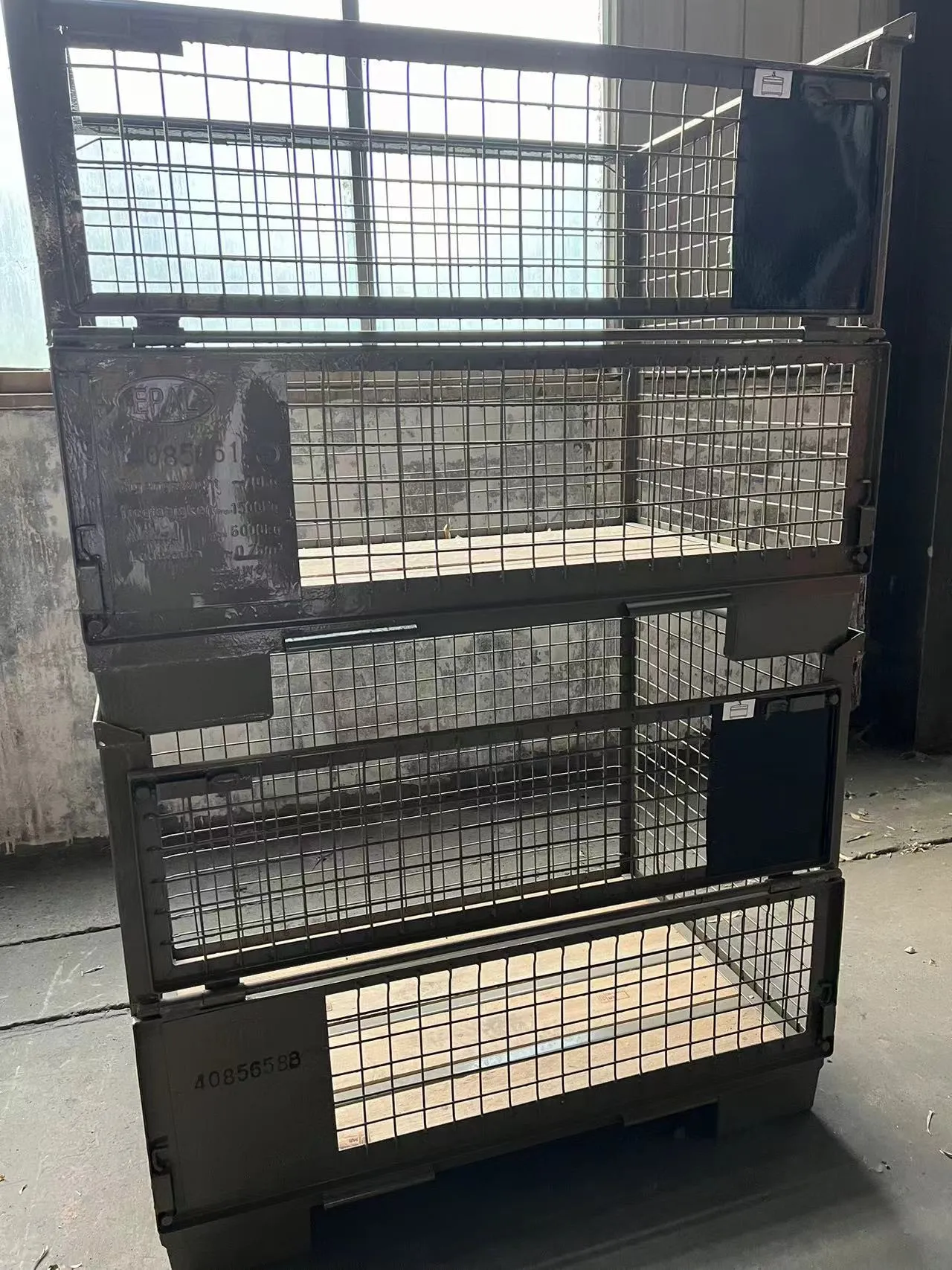Troubleshooting Techniques for a Stuck Butterfly Valve in Industrial Applications
Understanding Butterfly Valve Jamming Causes, Effects, and Solutions
Butterfly valves are widely used in various industrial applications due to their simplicity, cost-effectiveness, and reliability in regulating the flow of liquids and gases. However, like any mechanical device, they are susceptible to issues that can hinder their operation. One such common problem is jamming, which can have significant consequences for system performance and safety. In this article, we will explore the causes of butterfly valve jamming, the effects it can have on operations, and how to prevent and address this issue.
What is a Butterfly Valve?
Before delving into the issue of jamming, it's essential to understand what a butterfly valve is. A butterfly valve consists of a disc that rotates on a shaft, which allows for the regulation of flow in a pipe. When the valve is fully open, the disc is parallel to the flow direction, minimizing pressure drop. When closed, the disc is perpendicular, effectively blocking the flow. This design makes butterfly valves suitable for various applications, including water supply systems, chemical processing, and HVAC systems.
Causes of Jamming
1. Debris Accumulation One of the most common causes of butterfly valve jamming is the accumulation of debris. Over time, sediment, rust, or other particulates can build up in the valve, obstructing the movement of the disc. This is particularly common in water supply or wastewater systems.
2. Corrosion Exposure to harsh chemicals or environments can lead to corrosion of the valve components. Corrosion can cause the valve body, disc, or seals to erode, leading to misalignment or increased friction, ultimately resulting in jamming.
3. Mechanical Wear Just like any mechanical component, butterfly valves can wear down over time. Frequent opening and closing cycles can lead to wear on the sealing surfaces and the shaft, increasing the chance of jamming.
4. Improper Installation If a butterfly valve is not installed correctly, it may become misaligned or improperly seated. Such misalignment can create binding within the valve, leading to jamming during operation.
5. Temperature Extremes Extreme temperatures can affect the materials used in a butterfly valve. For example, elastomers used in sealing can harden in cold temperatures or swell in heat, potentially leading to malfunction and jamming of the valve.
Effects of Jamming
The consequences of a jammed butterfly valve can be far-reaching. When a valve fails to operate correctly, it can lead to
butterfly valve jammed

- Flow Disruption A jammed valve can cause sudden changes in flow rate, which can adversely affect the processes or systems relying on consistent flow.
- Increased Pressure In closed systems, a jammed valve can lead to pressure build-up, posing risks of leaks or explosions.
- Downtime Repairs or replacements due to jamming can lead to significant unplanned downtime, affecting productivity and increasing operational costs.
- Safety Hazards In critical applications, a jammed valve can result in hazardous situations, particularly in industries dealing with toxic or volatile substances.
Prevention and Solutions
To prevent butterfly valve jamming, it is essential to implement regular maintenance and monitoring practices. Here are some effective strategies
1. Routine Inspections Regularly inspecting valves for signs of wear, corrosion, or debris accumulation can help identify potential issues before they lead to jamming.
2. Proper Cleaning Any debris found in or around the valve should be cleaned out promptly to prevent jamming. This is particularly important in systems that handle liquids with a high particulate load.
3. Use of Quality Materials Selecting high-quality valves with appropriate materials for your specific application will reduce the risk of corrosion and wear.
4. Monitoring Temperature and Pressure Keeping an eye on the operating conditions of the valve will help ensure it does not operate outside its design limits.
5. Professional Installation Ensuring that the valve is installed by professionals can minimize the risk of alignment issues that may lead to jamming.
In conclusion, while butterfly valves are integral components of many industrial processes, they are not immune to jamming. Understanding the causes, recognizing the effects, and implementing preventative measures can help ensure optimal valve performance, avoid costly downtimes, and maintain safety in operational environments. Through regular maintenance and vigilance, the issues associated with butterfly valve jamming can be effectively managed, ensuring smooth and efficient operations.
-
The Essential Component for Safe Urban InfrastructureNewsMay.14,2025
-
The Backbone of Urban InfrastructureNewsMay.14,2025
-
Practical and Stylish Solutions for Your Drainage NeedsNewsMay.14,2025
-
Lamphole Frame and Cover: Essential for Urban InfrastructureNewsMay.14,2025
-
A Seamless and Aesthetic SolutionNewsMay.14,2025
-
A Must-Have for Safety and DurabilityNewsMay.14,2025
-
Pipe Repair Clamps: Your Ultimate Solution for Efficient RepairsNewsMay.09,2025
